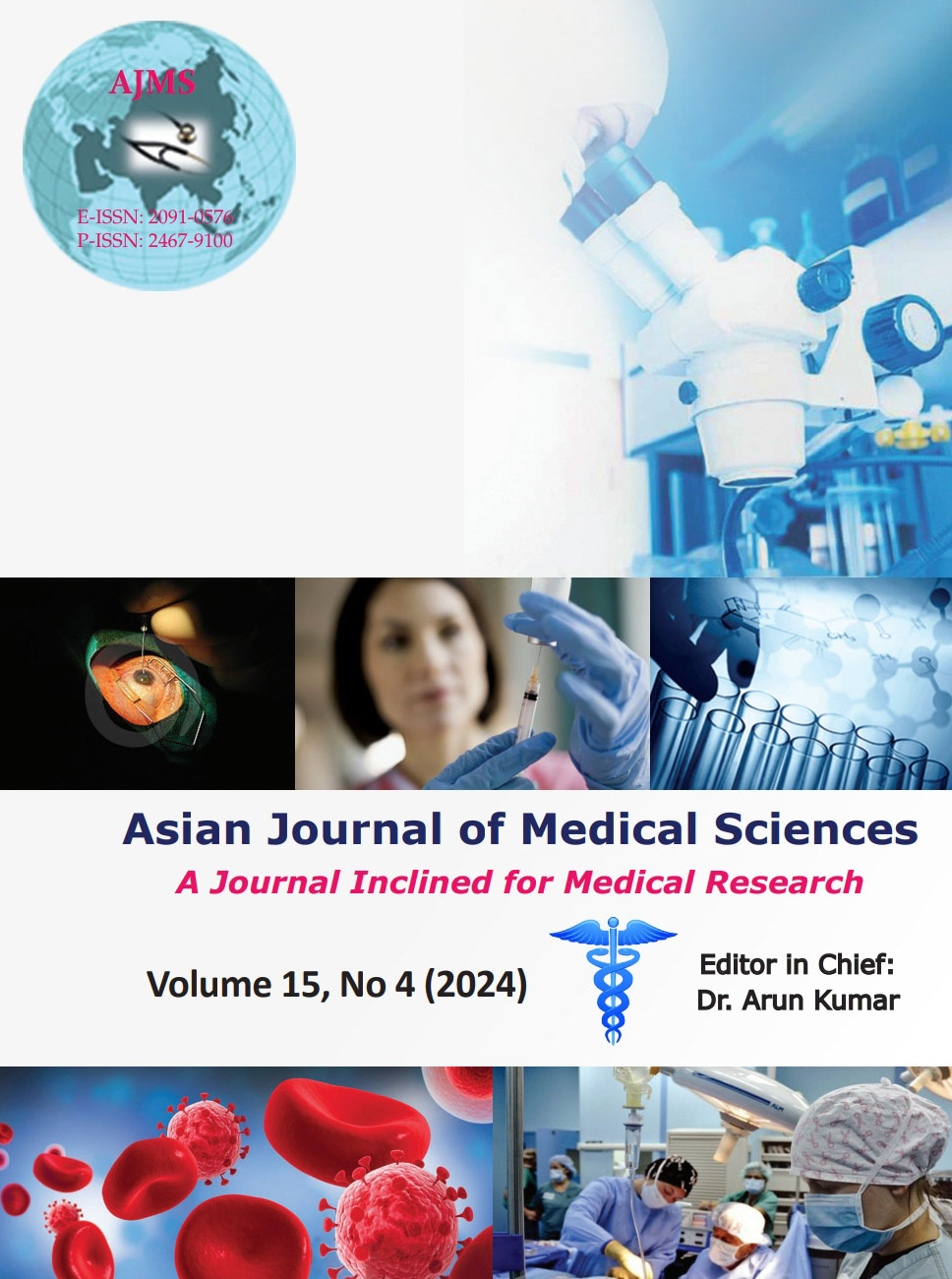A comparative study between 0.5% ropivacaine with 50 mcg of dexmedetomidine and 0.5% ropivacaine with 8 mg of dexamethasone for ultrasound-guided supraclavicular brachial plexus block – A randomized controlled study
Keywords:
Supraclavicular brachial plexus block; Dexmedetomidine; Ultrasound-guided dexamethasone; Ropivacaine; Rescue analgesiaAbstract
Background: Peripheral nerve block analgesia is augmented using dexamethasone with perineural local anesthesia.
Aims and Objectives: The study aimed to assess and compare the effects of dexmedetomidine and dexamethasone on the onset and duration of the sensory and motor block when added to 0.5% ropivacaine for the supraclavicular brachial plexus block.
Materials and Methods: This randomized controlled study was conducted at the Department of Orthopedics, Government Stanley Medical College and Hospital, Chennai, for 6 months March 2021–September 2021). Eighty patients were randomly allocated into two groups. Group A (40 patients) received ultrasound-guided supraclavicular brachial plexus block with 0.5% ropivacaine (30 mL)+dexmedetomidine 50 mcg (0.5 mL)+normal saline (1.5 mL). Group B (40 patients) received ultrasound-guided supraclavicular brachial plexus block with 0.5% ropivacaine (30 mL)+dexamethasone 8 mg (2 mL).
Results: The dexmedetomidine group had a significantly faster onset of sensory anesthesia (3.9 min) than the dexamethasone group (7.8 min), with a higher duration. The dexmedetomidine group also had a faster onset of motor anesthesia (4.9 min) and a longer duration of analgesia (892.3 min) compared to the dexamethasone group (538 min). The dexmedetomidine group also had a longer duration for rescue analgesia (906 min) than the dexamethasone group (727 min). Visual Analog scores at 10, 14 and 24th h were lower in the dexmedetomidine group than in the dexamethasone group, which is statistically significant (P<0.001).
Conclusion: Dexmedetomidine has a faster onset, longer duration, longer analgesia, and prolonged duration for rescue analgesia compared to dexamethasone for ultrasound-guided supraclavicular brachial plexus block, with bradycardia and sedation as side effects.
Downloads
Downloads
Published
How to Cite
Issue
Section
License
Copyright (c) 2024 Asian Journal of Medical Sciences

This work is licensed under a Creative Commons Attribution-NonCommercial 4.0 International License.
Authors who publish with this journal agree to the following terms:
- The journal holds copyright and publishes the work under a Creative Commons CC-BY-NC license that permits use, distribution and reprduction in any medium, provided the original work is properly cited and is not used for commercial purposes. The journal should be recognised as the original publisher of this work.
- Authors are able to enter into separate, additional contractual arrangements for the non-exclusive distribution of the journal's published version of the work (e.g., post it to an institutional repository or publish it in a book), with an acknowledgement of its initial publication in this journal.
- Authors are permitted and encouraged to post their work online (e.g., in institutional repositories or on their website) prior to and during the submission process, as it can lead to productive exchanges, as well as earlier and greater citation of published work (See The Effect of Open Access).




